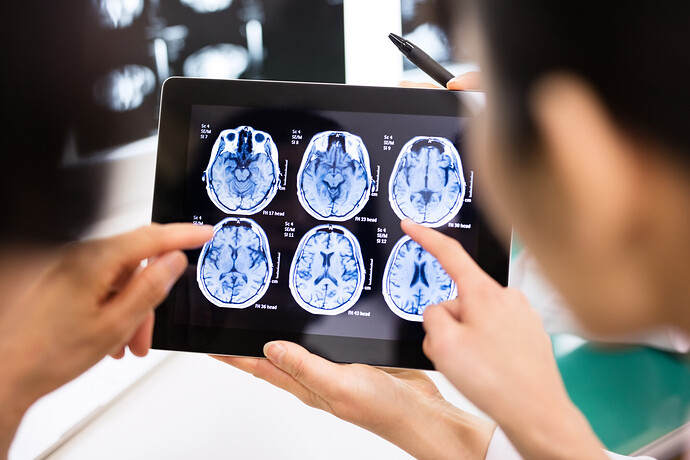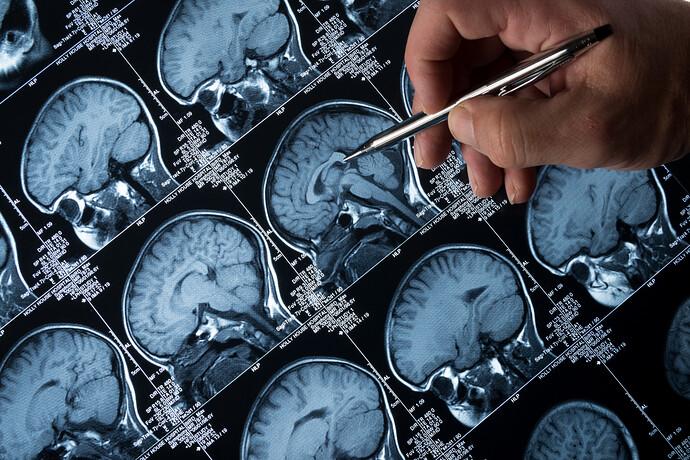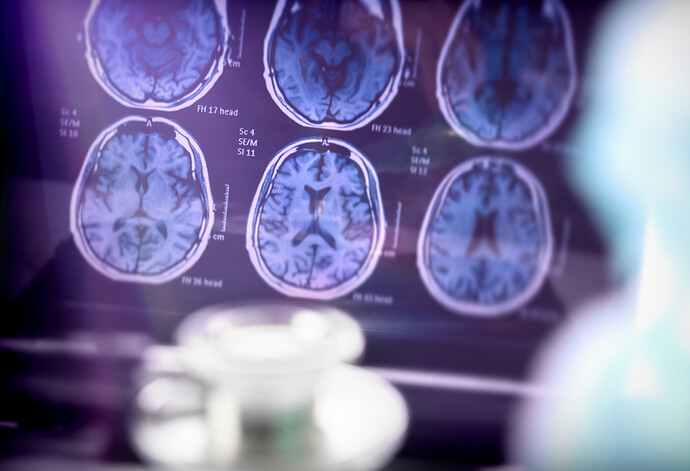email with stock photos
New Insights from Alzheimer’s Drug Studies
During this year’s Clinical Trials on Alzheimer’s Disease (CTAD) Conference, held from November 29th – December 2nd, about two thousand investigators from all over the world convened to present cutting edge research.
In this month’s newsletter, we summarize key findings from two of the clinical trials discussed during the conference.
What is Lecanemab?
Lecanemab, developed by pharmaceutical companies Eisai and Biogen, is a type of antibody that targets sticky clumps of amyloid protein in the brain. These amyloid plaques are a hallmark of Alzheimer’s disease; they are associated with the spread of another protein in the brain called tau, and thereby contribute to memory and thinking issues.
Lecanemab is a disease-modifying therapy, meaning it targets the underlying biology of Alzheimer’s to slow the disease’s progression. Such therapies aim to prolong milder stages of impairment, to preserve those with Alzheimers’ independence and quality of life for longer. The current treatments are not expected to cure or reverse the disease.
Initial results from a phase 3 clinical trial of lecanemab, released in September 2022, sent ripples of excitement throughout the scientific community. We summarized these findings in our October 2022 newsletter.
More recently, detailed results from the lecanemab trial were published in the New England Journal of Medicine, and unveiled to a crowd of hundreds during CTAD.
More Details on Lecanemab
Clinical trial participants who received lecanemabexperienced a 27% slower rate of cognitive decline than those who did not receive the drug. Those who took lecanemab performed better on assessments of memory and thinking and activities of daily living (for example, eating, grooming, and bathing) compared with those who did not.
Lecanemab not only cleared amyloid protein from the brain; the drug also reduced other biological markers of Alzheimer’s disease, including tau protein and brain inflammation.
Furthermore, the trial was done in a group of participants who better represented the United States population (though still under-included some groups), making the findings more likely to apply to everyone. 22.5% of participants identified Latino/Hispanic, and 4.5% identified as Black. Furthermore, the study enrolled many participants with other common conditions like obesity, diabetes, and heart disease.
About one out of every eight participants in the drug trial experienced swelling of the brain detected by brain scan. However, participants largely did not experience symptoms from this. Brain swelling has occurred as a side effect of other amyloid drugs, including the controversial, FDA-approved Alzheimer’s drug, Aduhelm.
Experts anticipate lecanemab will receive accelerated FDA approval in 2023. It is unclear to what extent Medicare and other insurers will pay for this treatment. Clinicians will need to determine how and when lecanemab can be prescribed to most benefit those living with Alzheimer’s disease and their families.
Gantenerumab
Amidst the excitement surrounding lecanemab, the outlook for another Alzheimer’s drug, gantenerumab, was not so sunny.
Developed by Roche, gantenerumab is also an anti-amyloid drug. During CTAD, researchers at shared details about two phase 3 clinical trials of this drug.
About 2,000 participants aged 50-90 participated in the trials, which spanned over two years. Participants who received gantenerumab had an 8% and 6% slowing in cognitive decline compared to participants who received placebo in the two trials. Neither of these differences were statistically significant, meaning the drug was not effective. Furthermore, the treatment did not lower amyloid plaques as much as was anticipated. This failure to eliminate plaques may be an explanation for the lack of clinical effect.
Although the gantenerumab findings were disappointing, the results from the trial still contribute to scientific understanding of Alzheimer’s disease.
Gantenerumab, alongside lecanemab and recent findings on another drug called donanemab (mentioned in our January 2022 newsletter), paint a clearer picture of the exciting potential, as well as some limitations, of anti-amyloid drugs.
Blood Tests for Alzheimer’s
Researchers at CTAD also showed more data indicating that blood tests are pretty good predictors of the presence of amyloid plaques. The blood tests are increasingly being used in clinical trials. Some companies (C2N Diagnostics and Quest) are now making some of these blood tests available for clinical use.









